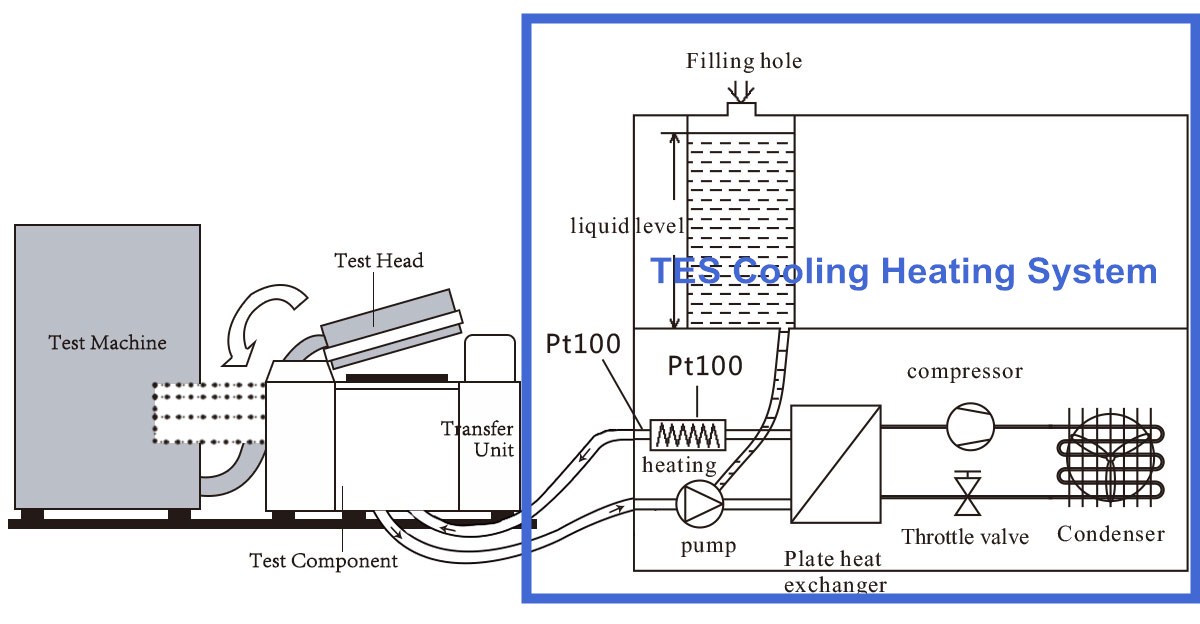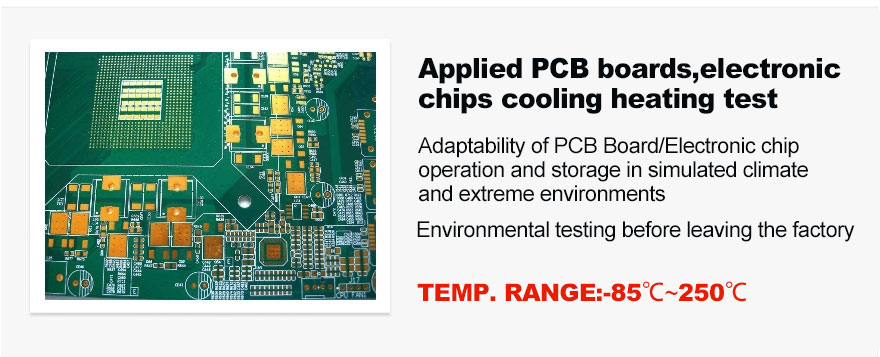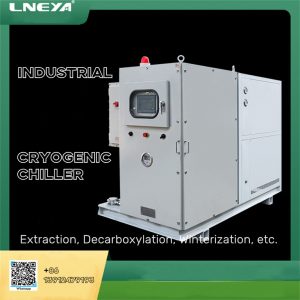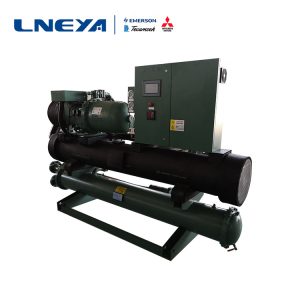The significance of temperature in IC testing
Every integrated circuit (IC) goes through two type of tests before it can be sold and used to build a product: the first is called a wafer test; the second is called final test.
With the improvement of integrated circuit electrical test technology and requirements, some chip products have integrated temperature sensors, or through the voltage changes of some precision diodes linearly related to temperature changes, the current actual chip under test is calculated through a series of formulas temperature.
This means that if the temperature does not meet the standard, it will also be regarded as a defective product, which will also affect the yield of the final test, and due to the inaccuracy of the temperature, it will also cause some electrical test failures. Therefore, the temperature control problem in the final test of the semiconductor is beginning to be taken seriously.
Under normal circumstances, the low temperature test is -40 ℃, the upper and lower limits of the test program temperature test items are controlled at +/- 10 ℃, and more strictly +/- 5 ℃. In the manufacturing of semiconductors electronic components for harsh environments, the IC package assembly and test stages of engineering and production include burn-in, electronic hot and cold testing at temperature, and other environmental test simulations. These semiconductor devices and electronics, once put in real world applications, can get exposed to extreme environmental conditions.

The LNEYA TES-85 has a temperature range from -80 ° C to + 225 ° C without the use of LN2 or CO2. Just connect the pipeline to the test area of the IC and other test benches, This lets you easily temperature test your electronic semiconductor IC devices.
Precision Temperature Forcing Systems use a direct temperature-controlled stream of hot or cold air to provide a precise thermal environment for temperature testing, conditioning and cycling of electronic and non-electronic assemblies and sub-systems. The ThermalAir Temperature System enables the test. This allows you to perform temperature simulation tests in situ, at a specific location, at your tester station, test bench or directly on the unit under test.
Bring temperature to your test for Semiconductor IC devices and other semiconductor packages. LNEYA TES series equipment temperature control range: -85 ° C ~ 200 ° C; power range: 2.5kW ~ 25kW; temperature control accuracy: ± 0.3 ° C. The pressure of the refrigeration system is realized by a pressure gauge (high pressure, low pressure); the pressure of the circulation system is detected by the pressure sensor and displayed on the touch operation screen. Refrigerant uses R404A R23 / R14 mixed refrigerant environmentally friendly refrigerant.
Verwandte Empfehlungen
-
Battery-specific temperature cycle test chamber Chiller tips
1018With the rapid development of the economy, the new energy automobile industry has also achieved rapid development, and the requirements of the battery industry are also getting higher and higher. In order to adapt to related industries, LNEYA has ...
Details anzeigen -
483Meet Your Dream Equipment für die CBD-Destillat-Extraktion
1229Wenn Sie eine Anlage zur Destillation von CBD benötigen, müssen Sie Ihre Wahl genau prüfen, da die Geräte in ihren Eigenschaften und ihrem Design variieren können. Wenn Sie Geräte zur Herstellung von CBD-Destillaten verwenden, sollten Sie ein System von einem Hersteller wählen, der...
Details anzeigen -
Several elements of the operation of -20 degree industrial cryogenic chiller
1228-20 degree industrial cryogenic chiller is a refrigeration equipment that provides low temperature chilled water. It is often used in production enterprises, such as chemical companies, pharmaceutical companies and other production processes, to p...
Details anzeigen -
Notwendigkeit eines Batterietestsystems für Elektrofahrzeuge mit neuer Energie
878Die Batterieleistung von Fahrzeugen mit neuer Energie bestimmt direkt die Erfahrungen der Endnutzer von Fahrzeugen mit neuer Energie. Das Batterietestsystem für Elektrofahrzeuge muss die Leistungszuverlässigkeit von Batterien für neue Energiefahrzeuge testen. Mit der Entwicklung...
Details anzeigen
 LNEYA Industriekühler Hersteller Lieferant
LNEYA Industriekühler Hersteller Lieferant













